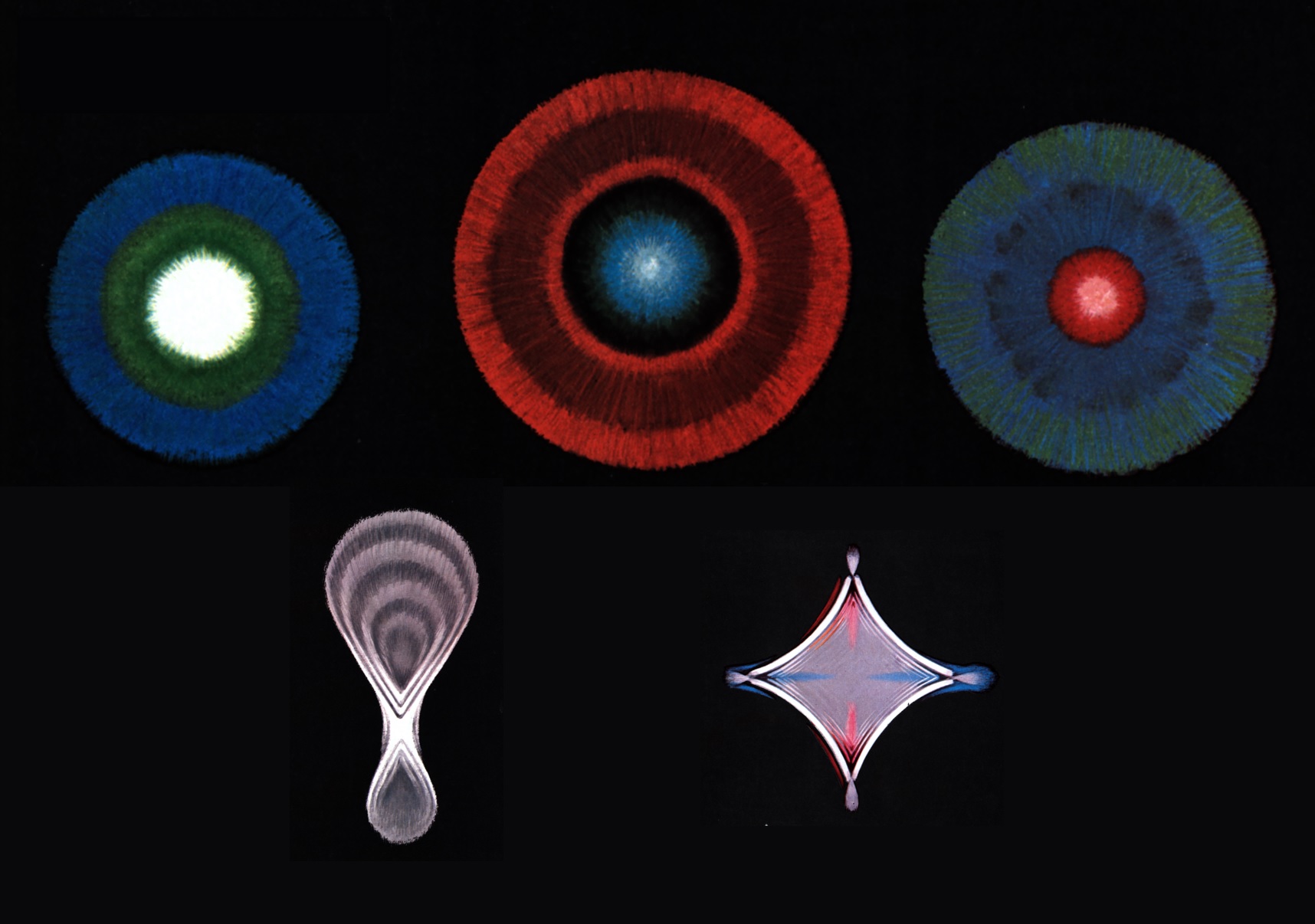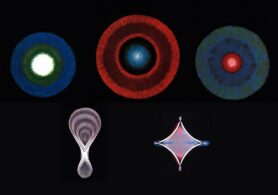Perhaps one of the most fascinating aspects of collecting and shooting cameras is the quality of lenses that have been around for well over a century. The formulas used in lenses we use today were perfected around the turn of the last century. Perhaps the most famous lens design of all time, the Tessar was designed in 1902 by German physicist Dr. Paul Randolph. Other popular lens designs like the Sonnar, Planar, and Heliar all date from approximately that area and have made many of the high quality images you’ve seen throughout the history of photography.

For the average person, seeing high quality images with excellent sharpness, contrast, and detail from so many cameras, it might seem as though designing lenses is easy, yet, as we’ve all seen not all lenses are created equal. Other sites will do lens reviews in highly sterile environments, pointing the lenses at grid patterns on a while well, showing resolving lines, and other strange measurements. These highly technical tests can make an otherwise good lens sound like complete garbage when looked at in the sterile conditions of a lab.
In this edition of Keppler’s Vault, I bring to you an article from the October 1968 issue of Modern Photography called “What’s Wrong with Your Lens”. The title is a bit misleading as it’s less about lenses going bad, but rather what makes a bad lens bad.

In my time reading about lenses, words like astigmatism, coma, aberrations, color shift, finging, and other words are thrown around as if everyone who has ever picked up a camera should know what they mean. The truth is, I doubt many people actually understand the effect of astigmatism on an image and what an anastigmat lens does to correct it.
This article is a bit technical, so if you’re looking for a light read, you might want to just look at the pictures, but it does a good job of explaining what goes into a lens test. What kinds of optical jigs are used to test lenses, what some of the most common faults are, and most interest, what causes them.
If this short article isn’t enough to answer all your lens testing questions, another excellent source for this information comes from Herbert Keppler himself, who wrote one of the most well known guides for testing lenses. His 1962 book, “124 Ways You Can Test Cameras Lenses And Equipment” is in the United States public domain and can be freely read on sites like archive.org, or nice printed copies can be purchased from Amazon. I’ll acknowledge it’s not for everyone, but if lens design and a more thorough understanding of optical science interests you, this is a great place to start.



Thanks for this article, Mike. For my fellow geeky engineers, a recommended deep dive book on the topic is “Photographic Optics” by Arthur Cox. Out of print but available used, and well worth the $$$.
Hi Mike:
Have you seen Modern Photography’s September 1983 article “Lenses: Facts and Fallacies” by Lester Lefkowitz? I learned more about photographic lens optics from this 23 page article than my entire college Optics class (admittedly a Physics wave optics class, not geometric optics as used in photography).
Rudolf Kingslake (head of the Lens Design Department of Eastman Kodak 1939-1968 and professor at The Institute of Optics at the University of Rochester 1929-1987) wrote two books I found interesting: Optics in Photography (1992) and A History of the Photographic Lens (1989). I even borrowed History from the library and photocopied every page!
I also borrowed and photocopied Norman Goldberg’s Camera Technology (1992). Goldberg was a Popular Photography’s Technical Director 1966-1986.
I think the Cox book, mentioned by Roger B. above, is a too out of date. Its heyday was the 1950s, and was last revised in the 1970s.
Today’s photo magazines don’t dig into technical details like Modern Photography used to. (Thanks for the “What’s Wrong With Your Lens???” article! I’ve known of its existence for years, but have never actually read it.) It’s difficult to find stuff about modern photographic optics – zoom lenses, aspherics, computational photography, etc., without digging into scientific/technical literature. I plunked down $90 for Gregory Hallock Smith’s Camera Lenses: From Box Camera to Digital (2006) in 2015 for something relatively recent. It has lots of computer ray-traced spot diagrams – black-and-white simulations of the photos in the “What’s Wrong” article.
paul1513